In modern structural engineering, mechanical manufacturing, and infrastructure development, cold-formed welded structural hollow sections are widely used due to their lightweight strength, precise forming, and excellent bending resistance. As a key technical specification for the European single market, the EN 10219 standard series serves as the cornerstone for evaluating the performance, quality, and application suitability of these steel products.
With the publication of EN 10219-3:2020, this standard series has been further extended to cover high-strength and weather-resistant steels, filling crucial gaps in the original framework. It offers a clearer material selection and quality foundation for innovative applications of cold-formed steel sections.
Overview of the EN 10219 Series
EN 10219 is a core European standard developed by the European Committee for Standardization (CEN), focusing on cold-formed welded structural hollow sections. It consists of three main parts:
EN 10219-1:2006 – Technical delivery conditions (for non-alloy and fine grain steels)
EN 10219-2:2019 – Tolerances, dimensions, and sectional properties
EN 10219-3:2020 – Technical delivery conditions for high-strength and weather-resistant steels (new addition)
This series applies to cold-formed circular, square, rectangular, and elliptical sections that are not subjected to any subsequent heat treatment (except for the heat-affected zone at the weld). Its broad coverage and structural suitability make it a vital standard in construction, energy systems, and heavy-duty machinery.
Background and Purpose of EN 10219-3:2020
The original EN 10219-1:2006 standard includes only a limited range of conventional steels such as six non-alloy structural grades and a few fine-grain steels. However, with advancing steel technologies and increasing demand for high-performance materials, the European technical committee (CEN/TC459/SC3) attempted to revise Part 1 to expand its scope to include quenched and tempered steels, thermo-mechanically rolled grades, and more.
Unfortunately, due to the Construction Products Regulation (CPR - EU No. 305/2011), any revisions affecting CE marking eligibility must undergo strict harmonization procedures. The proposed revision to Part 1 encountered compliance issues, preventing it from being formally published.
As a solution, the committee decided to publish the proposed additions as a separate, voluntary standard — EN 10219-3:2020 — which falls outside the scope of the CPR. This means that while CE marking is not applicable, the standard is ideal for use in mechanical engineering, equipment design, and non-structural industrial applications.
Content and Benefits of the New Standard
EN 10219-3:2020 focuses on two major steel categories:
1.High-strength steels
2.Weather-resistant steels
Compared to EN 10219-1, this new part significantly expands the range of steel grades and processing conditions:
|
Item
|
EN 10219-1
|
EN 10219-3
|
|
Non-alloy structural grades
|
6 grades
|
None
|
|
Fine grain steel (N condition)
|
6 grades
|
2 grades
|
|
Thermo-mechanically rolled (M)
|
2 grades
|
6 grades
|
|
Quenched and tempered (QT)
|
None
|
24 grades
|
|
Weather-resistant steels
|
None
|
6 grades
|
|
CE Mark under CPR
|
Yes
|
No
|
|
Typical Applications
|
Building structures
|
Industrial & mechanical applications
|
Moreover, many grades in EN 10219-3 align closely in terms of mechanical properties with those defined in the EN 10025 series (Parts 3–6) and EN 10149 series (Parts 2–3), which apply to hot-rolled plates and sheets made from high-yield-strength steels. This compatibility enhances design flexibility and provides a trusted basis for advanced engineering applications.
Why EN 10219-3 Matters to the Industry?
1.Provides a clear technical basis for non-construction applications
Industries such as mechanical manufacturing, containers, railway equipment, and bridges can benefit from the newly standardized material selections.
2.Supports the growth of high-strength and weather-resistant steel markets
By officially recognizing advanced grades, the standard reduces over-engineering and promotes more efficient material use.
3.Enables sustainable and low-maintenance solutions
Weathering steels, in particular, form protective oxide layers naturally, reducing the need for coatings and long-term maintenance.
How Companies Should Respond to and Apply EN 10219-3
Companies working with EN 10219
structural hollow sections should consider the following:
Clarify intended use: For building and construction projects, EN 10219-1 is still required. For mechanical or non-structural applications, EN 10219-3 offers broader options.
Understand certification implications: EN 10219-3 does not support CE marking under CPR, but products should still comply with quality management systems such as ISO 9001.
Update technical knowledge: Engineers and procurement teams should familiarize themselves with the weldability, forming properties, and strength performance of new steel grades introduced in this standard.
Conclusion: A New Era for Cold-Formed Structural Steels
The introduction of EN 10219-3:2020 is not only a vital extension to the existing cold-formed structural steel standard system but also a crucial step toward standardizing high-performance industrial steels. It offers engineers, designers, and manufacturers a broader range of material choices to better meet the growing complexity of global projects.
In an era of performance-driven engineering, understanding and applying the EN 10219 series correctly—especially the newly added Part 3—is essential for staying competitive, compliant, and innovative.






 English
English Español
Español بالعربية
بالعربية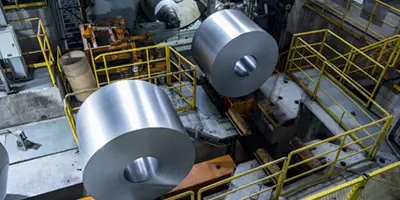
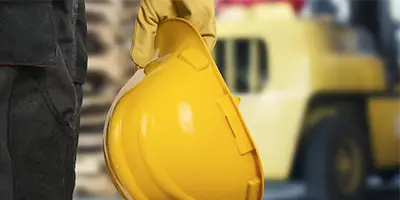
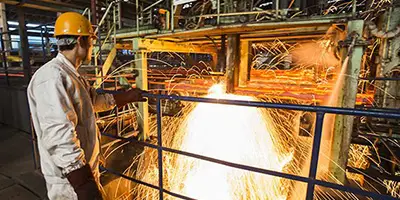
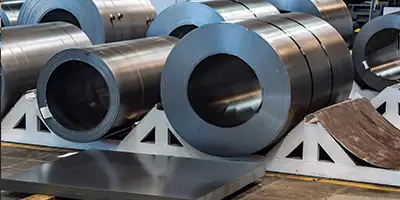

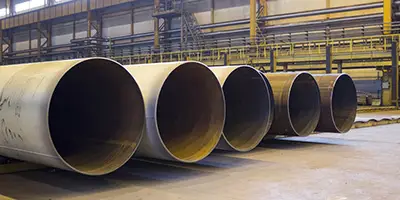
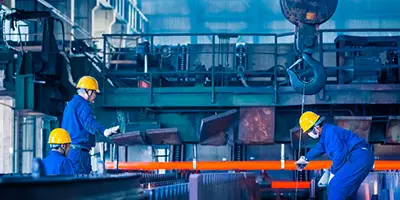
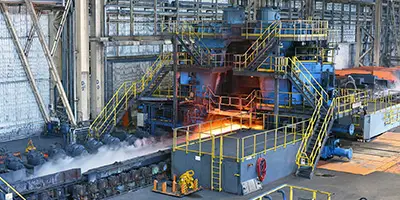
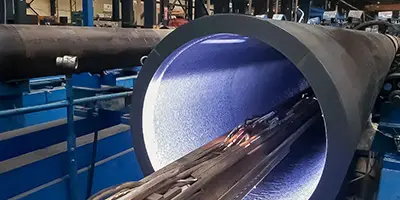
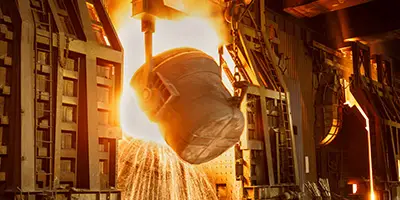
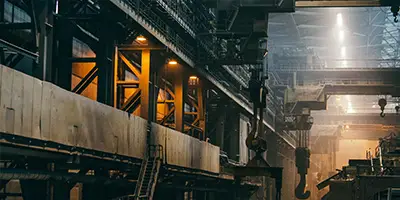
 Phone :
Phone :  Whatsapp :
Whatsapp :  Email :
Email : 


